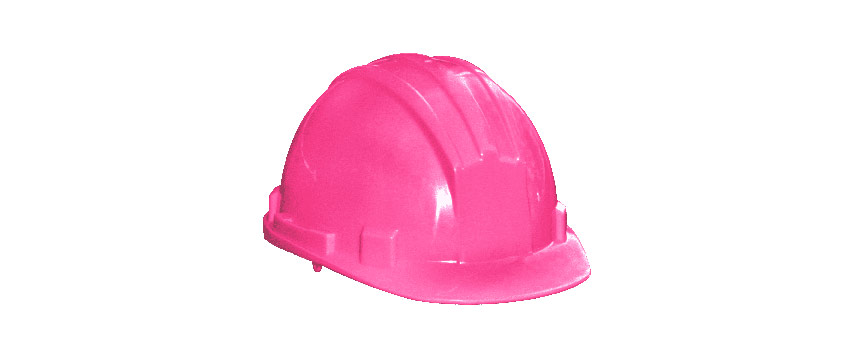An introspective of the past examines how women through time broke societal barriers to make their presence felt. Once imposed on them in antiquity by a traditional society, women now choose and define their roles beyond gender demarcation of what they can or cannot achieve. Breaking from the chains of conventional mold, women today are now moving forward and gaining strong visibility in the male-directed construction industry. Although they still assume a minor percentage of the workforce, the female presence reverberates with an equal display of competence, efficiency and skill like their male counterparts, whether it is in the trenches, field operations, construction management, leadership roles and diversified disciplines of engineering and architecture.
A historical chronicle of women in the building trade goes as far back as the 13th century in Europe. Women were given menial and unskilled tasks, ascertained to be ineffective in hard physical labor. There were no profound highlights in their roles except as ditch digger, water fetcher or mortar mixer. Over the years, a progressive transition of views witnessed the emergence of female workers and companies promoting them to key positions in the industry. In the United States in the early 1900s, change was forthcoming as women were gradually given opportunities to embrace larger responsibilities in the construction industry. For instance, Julia Morgan, a diminutive female architect and civil engineer (two of the rare professions for women in those days), was selected from among possible male contenders to design and build the Hearst Castle in San Simeon, California from 1919 to 1947. Fast forward to the 21st century, the United States Bureau of Labor Statistics released its latest record accounting for 10.3% of women in the construction workforce, up from 9.2% in 2015. Observed as a narrow increase at turtle pace, nevertheless, there is diligence in growth proving that companies are gradually casting more gender-neutral roles in the industry.
Social perception of women working in the building trade that was once telling of gender stereotypes, residing from the commonplace thinking that women are lacking in ability and training to meet with physical demands required of the job, is slowly eroding and has improved exponentially. There is discernible progress in the acceptance of women, availability of resources and male-recognition of women’s meticulous, detail-driven and innovative approach to assuming their roles, paving revolutionary roads for women in the industry to be elevated to executive capacity. A relative few have even become significant business owners in the building trade.
Cecille Maristela, an immigrant from the Philippines and owner of Substrata, started in construction by developing 24 for-sale condominium units, providing her access to learn the ropes of the business. An accountant by profession but armed to the teeth with her hands-on proficiency in construction fieldwork, Cecille took the reins of building her own construction company. Gaining recognition for the quality of her work, the influx of projects (some of more complex nature such as building structures from the ground up) mostly come from repeat clients, clients arising from the proverbial word-of-mouth and confident referrals by peers in the same trade. A crystal exemplar of making it in a once-traditionally male-dictated profession, Cecille like every woman in the construction industry had to overcome gender-biased hurdles to get to the solid footing on which she stands.
Women have shattered obstacles from traditional thinking in the significance of their roles and changed the framework of the construction industry. It is ambitious and premature to say that they have broken the glass ceiling because the road to global inclusivity is still evolving. However, there is a promising forecast that more pink hard hats will emerge and navigate construction sites in years to come.
Sources:
Hatipkarasulu, Yilmaz and Roff, Shelley. “Women in Construction: An Early Historical Perspective”. Associated Schools of Construction. 2011. https://www.ascpro0.ascweb.org
Historic People. “Julia Morgan (1872-1957)”. https://www.hearstcastle.org. 8 July 2020.

